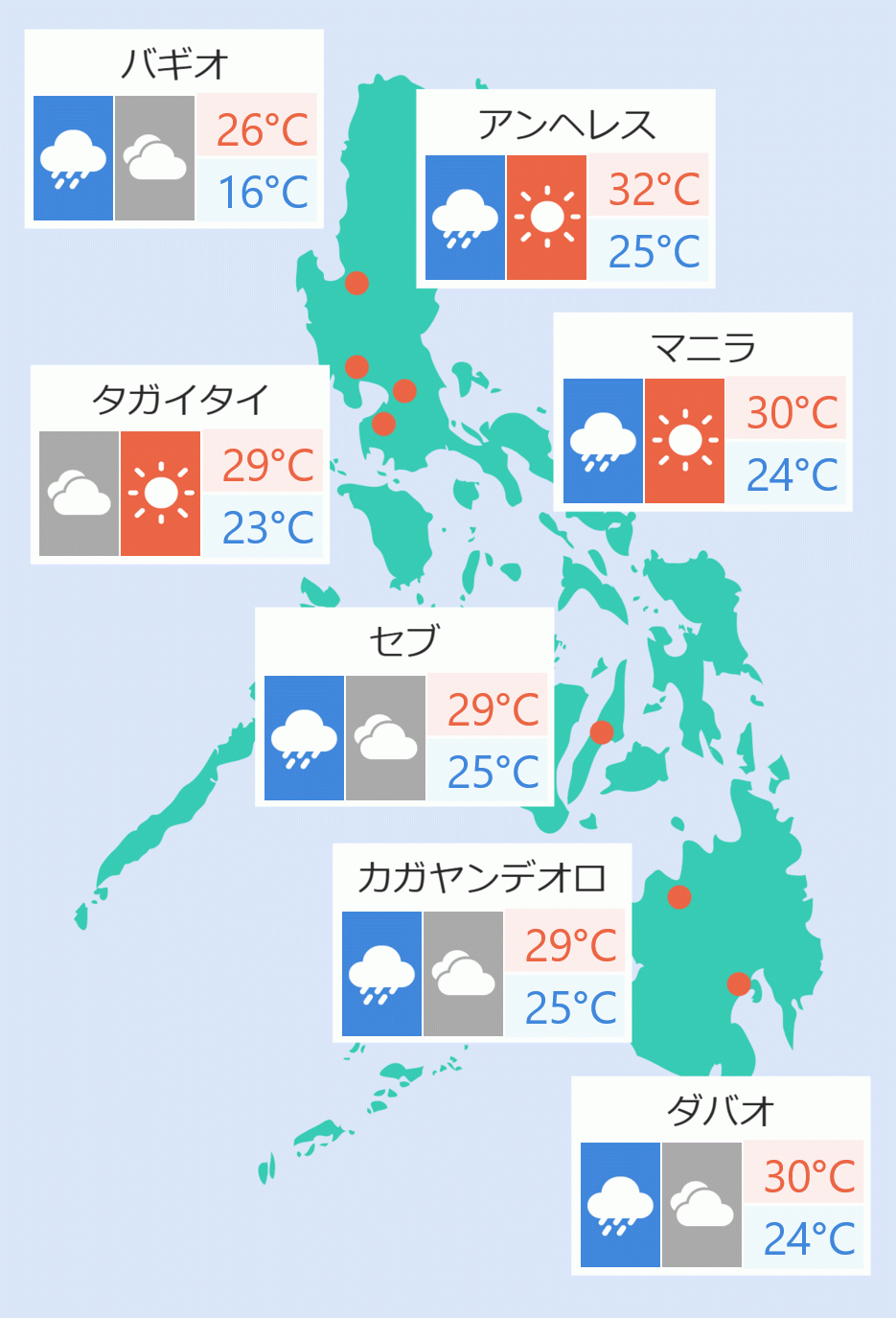Poverty incidence in the Philippines has decreased during the first half of 2018, the Philippine Statistics Authority said on Wednesday.
PSA Assistant Secretary Josie Perez said poverty incidence among Filipino families in the first semester of 2018 fell at 16.1 percent from 22.2 percent during the same period in 2015.
“This means that 16 out of 100 families whose income is below the amount needed to buy their basic food and non-food needs in the first semester of 2018,” she said in a press conference.
She added the number of poor Filipino families was estimated at 4 million from an estimated 5 million in 2015.
Meanwhile, poverty incidence among Filipino individuals in the first half of last year was estimated at 21.0 percent, lower than the adjusted 27.6 percent during the first half of 2015.
Perez said this means that "21 out of 100 Filipinos belong to poor families whose income is below the amount needed to buy their basic food and non-food needs."
She said the number of poor Filipinos in the first half of 2018 dropped to 23.1 million, from 28.8 million in the same period in 2015.
Poverty incidence among Filipino individuals referred to as the proportion of the population living below the poverty line to the total population, while poverty incidence among Filipino families is the proportion of families whose income is below the poverty line to the total number of families.
Perez said a family of five needed no less than P7,337 on average to meet their basic food needs for a month and P10,481 or both food and non-food needs.
“This is an increase of 11.2 percent from first semester of 2015 which was estimated at P6,600,” she said.
She said the subsistence incidence among Filipino families was estimated at 6.2 percent from 9.9 percent in 2015.
“This means that 6 out of 100 Filipino families whose incomes were below the amount needed to buy the basic food needs in the first semester of 2018,” Perez said.
PSA said food threshold is the minimum income required to meet the basic food needs, satisfying the nutritional requirements set by the Food Nutrition Research Institute to ensure that one remains economically and socially productive.
On the other hand, the poverty threshold is the minimum income required to meet the basic food and non-food needs such as clothing, fuel, light and water, housing, rental of occupied dwelling units, transportation and communication, health and education expenses, non-durable furnishing, household operations and personal care, and effects.
Perez said about 1.5 million families fell below the food threshold in the first semester of 2018 from 2.2 million families in 2015.
She said among population, about nine out of 100 Filipinos belong to poor families whose incomes were below the amount needed to buy their basic food needs in the first semester of 2018.
“This translate to 9.3 million Filipinos whose income fall short of the food threshold on the first semester of 2018. This was estimated at 13.6 million on the first semester of 2015,” Perez said.
Poverty threshold in the National Capital Region was recorded the highest at P11,752 in a month while Mimaropa (Mindoro, Marinduque,Romblon and Palawan) Region registered the lowest at P9,517 for the same period.
Food threshold in the National Capital Region was also recorded the highest at P8, 206 in a month while Mimaropa (Mindoro, Marinduque,Romblon and Palawan) Region registered the lowest at P6,625 for the same period.
National Economic and Development Authority Officer-in-charge Adoracion Navarro said the reduction in poverty is fairly broad-based as regional disparity eased in all regions, except the National Capital Region which saw a drop in poverty incidence.
Eight regions recorded poverty incidence below the national average, four of which posted a single-digit poverty incidence.
Based on the record of PSA, NCR recorded 4.9 percent while the Autonomous Region of Muslim Mindanao recorded the highest at 5.4 percent in the first semester of 2018.
Among the population, NCR recorded 6.6 percent while ARMM was at 63 percent.
Navarro said sustained economic growth, critical and broad-based reforms; and investments that translated to employment generation and social protection caused the poverty to decrease substantially down to 6.6 percentage points.
While inflation rose to 8.11 percent from 2015 to 2018 from 7.8 percent in 2012 to 2015, the growth of average income accelerated considerably to 21.2 percent from 15.3 percent respectively, she added.
Navarro said while these initial results were encouraging, they have yet to wait for full-year results of the Family Income and Expenditure Survey, as targets in the Philippine Development Plan (PDP) 2017-2022 are based on full-year estimates.
“Overall, it is encouraging to see poverty continuing to decline as lives of Filipinos continue to improve. We hope to see robust economic growth and a growing labor market tempering the effects of recent high inflation on poverty in the second half of 2018,” she added.
NEDA expressed the belief that the government could meet the target to further lower the poverty incidence to 14 percent by the end of the Duterte administration in 2022. Ella Dionisio/DMS



 日本語
日本語
 English
English








